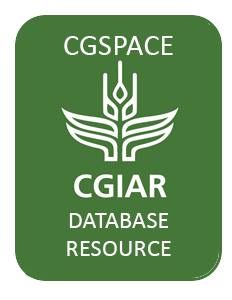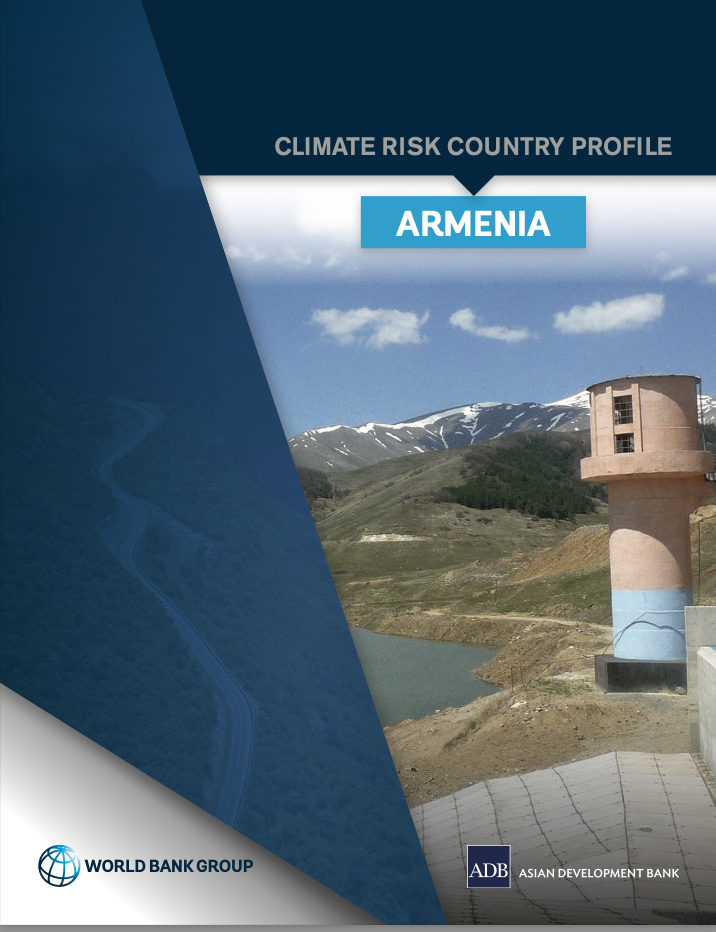Revisiting Land Distribution Policies Among Land-Based Sectors In Tanzania
context and backgroundDespite the robustness of various land instruments and legal and institutional regulations on various sectors, Tanzania’s land distribution-related policy implementation and practice is facing numerous challenges. Tanzania is not only experiencing poor land conditions, but also poor land management and ineffective policy implementation.





